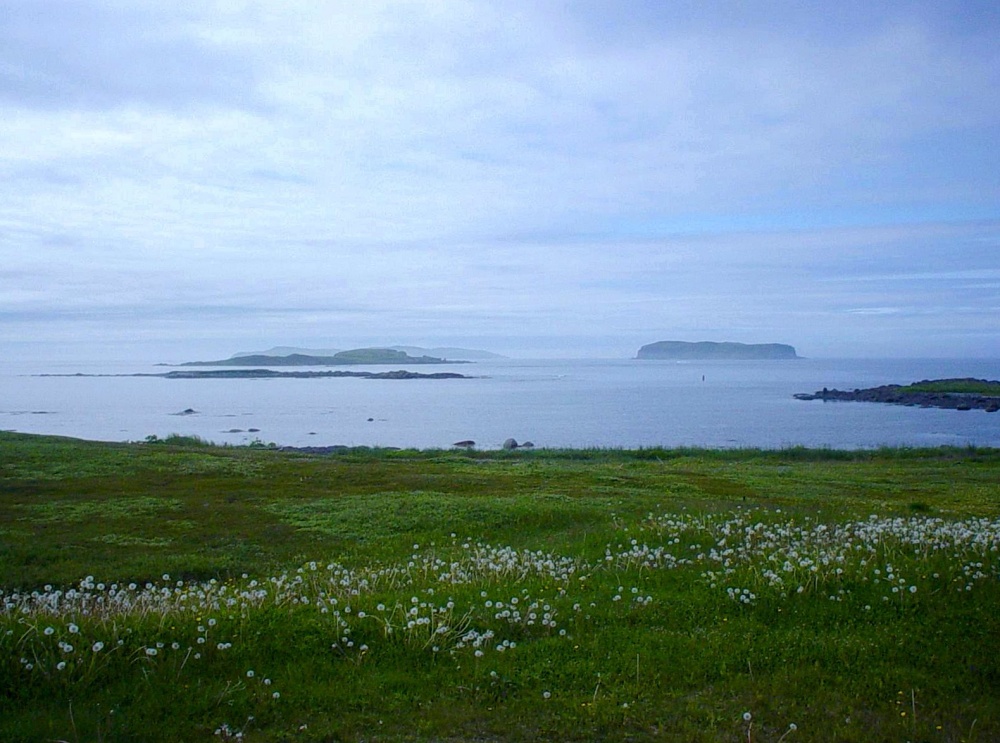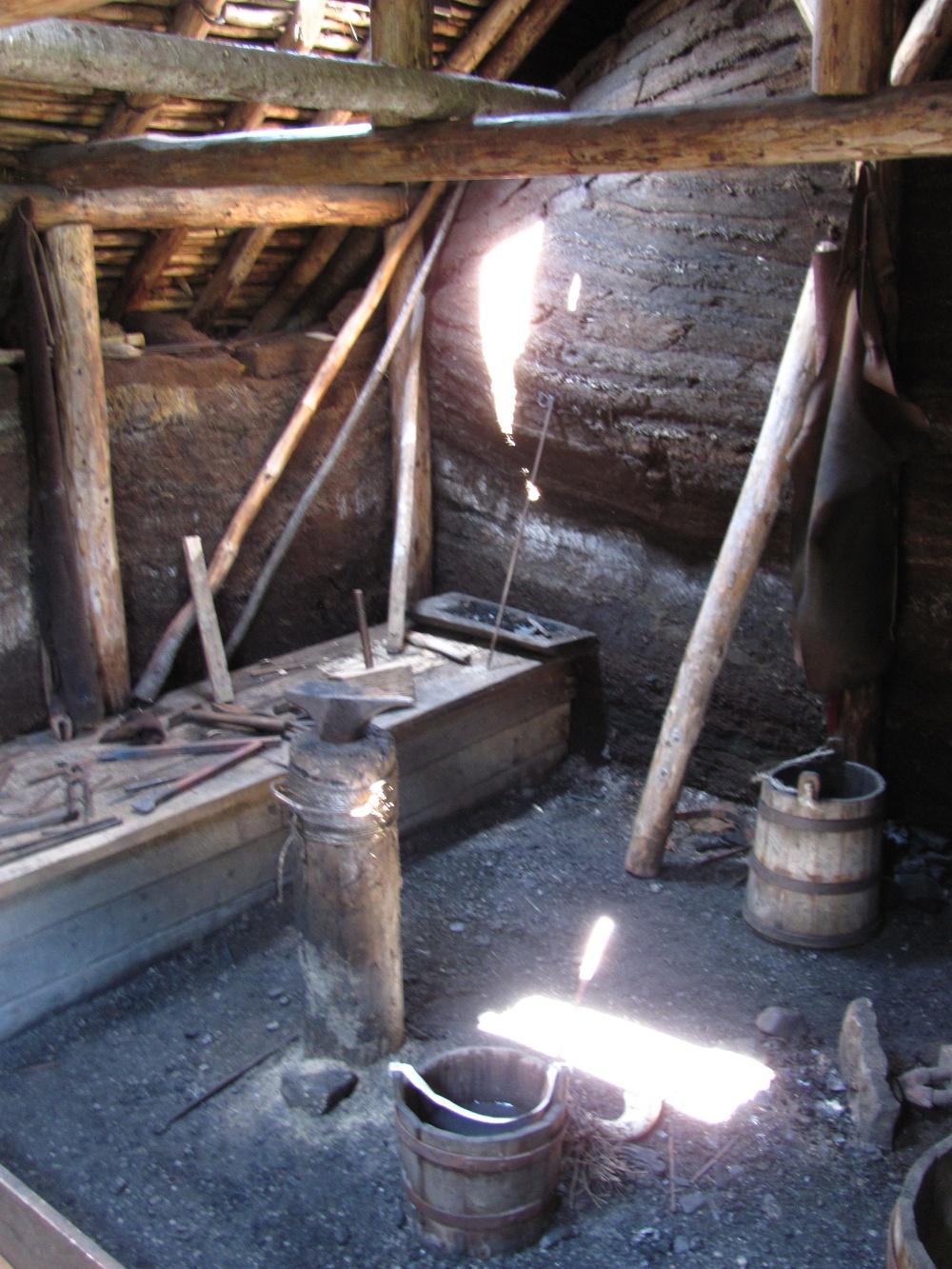New Data Places Vikings in Newfoundland Exactly 1,000 Years Ago
It turns out a solar event was the clue.
According to a new study published in the scientific journal, Nature, the settlement known as L’Anse aux Meadows in Newfoundland, Canada, has been confirmed as being exactly 1,000 years old. The Norse settlement has long been a park showing how the Vikings lived using reconstructed buildings and tools to bring history to life. Now, a new method for dating felled trees in the area pinpoints the date of the settlement at 1021 CE, exactly 1,000 years ago.

The site at L’Anse aux Meadows is located at the northernmost portion of Newfoundland. In 1960 a series remnants of human activity from antiquity were discovered at the site and it was later opened as a park and then designated a UNESCO World Heritage Site.
A series of buildings with wood frames and sod coverings were reconstructed on the site to recreate the original structures that once stood there. A main hall, larger than the other buildings, was found littered with slag from ironworks. Smaller buildings like huts, workrooms, and houses showed a variety of debris related to stone working and weights for what might have been a loom.

Early radiocarbon dating at the site produced a variety of results, owing in large part to the novelty of the testing mode. According to the authors of the study Evidence for European presence in the Americas in AD 1021, one of the complicating factors for early dating on the site was the problem of inbuilt age.
Say a tree was cut down and made into an ax 2 centuries ago. The age of the ax is only 200 years, but the tree it came from was inevitably older than that. Thus the age of the object has multiple components.
In the case of L’Anse aux Meadows the dates never lined up across dozens of studies. Over the years 55 such studies took place, with dates ranging from 793–1066 CE. Now the researchers involved in this new study have pinpointed a more precise date for the Norse settlement at Newfoundland and it happens to be exactly 1,000 years ago.

Lead researchers working in the Netherlands, Margot Kuitems and Michael Dee, discovered an anomaly that is readily detectable in trees from around that time. A solar disturbance in the year 993 resulted in a reduced amount of carbon in trees during that year. They studied trees that were felled with metal implements, something indigenous populations on the island didn’t have at the time. What they found is that they can simply count outward in years from this carbon abnormality to find the year at which the tree was cut down.
For this study wood that was cut, but not made into to tools or burned, was used to determine when the Vikings lived there. The relatively undisturbed nature of the wood made it ideal for studying in this manner. In an interview Dee said that he hopes that the “radio carbon dating community pick up on this and apply it to other contexts” for future projects.

It is believed that the Vikings only lived at the site for a short time. Some theories maintain that the site, the only one in what was known to Norse explorers at the time as Vinland, was used as a station on their explorations and not as a permanent settlement.
Remnants from a type of white walnut from the same era has also been found there. This species only grows farther south, showing that they explored the greater area in search of food. Evidence of livestock found at other Norse sites from the era was not present at L’Anse aux Meadows, further indicating that this was not a permanent, year-round residence for the Vikings. A lack of any type of graveyard and a minimal amount of refuse also support this finding.
SKM: below-content placeholderWhizzco for DOT

